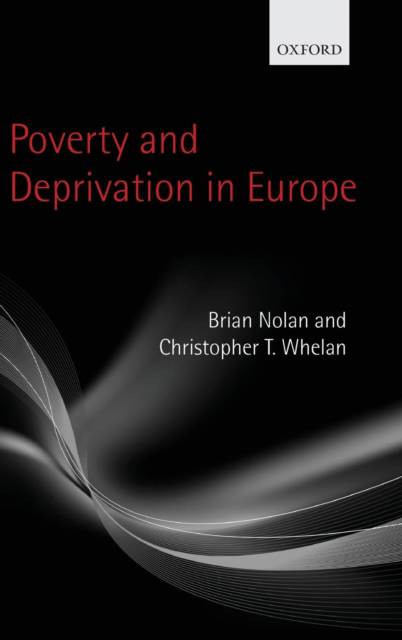
- Retrait gratuit dans votre magasin Club
- 7.000.000 titres dans notre catalogue
- Payer en toute sécurité
- Toujours un magasin près de chez vous
- Retrait gratuit dans votre magasin Club
- 7.000.000 titres dans notre catalogue
- Payer en toute sécurité
- Toujours un magasin près de chez vous
249,95 €
+ 499 points
Description
Research on poverty in rich countries relies primarily on household income to capture living standards and distinguish those in poverty, and this is also true of official poverty measurement and monitoring. However, awareness of the limitations of income has been heightening interest in the role that non-monetary measures of deprivation can play. This book takes as starting-point that research on poverty and social exclusion has been undergoing a fundamental shift towards a multidimensional approach; that researchers and policy-makers alike have struggled to develop concepts and indicators that do this approach justice; and that this is highly salient not only within individual countries (including both Britain and the USA) but also for the European Union post-enlargement. The difficulties encountered in applying a multidimensional approach reflect limitations in the information available but also in the conceptual and empirical underpinnings provided by existing research. The central aim of this book is to contribute to the development of those underpinnings and productive ways of employing non-monetary indicators of deprivation. It will appeal to readers from diverse disciplinary perspectives, especially those concerned with substantive issues and policy implications. In addressing this audience it also provides a non-technical account of recent developments in the rapidly expanding academic literature, serving as a guide to those who wish to explore it in greater depth. The book maps out the current landscape and the best way forward, concluding by offering a critical evaluation of the EU's 2020 poverty reduction target.
Spécifications
Parties prenantes
- Auteur(s) :
- Editeur:
Contenu
- Nombre de pages :
- 275
- Langue:
- Anglais
Caractéristiques
- EAN:
- 9780199588435
- Date de parution :
- 17-12-11
- Format:
- Livre relié
- Format numérique:
- Ongenaaid / garenloos gebonden
- Dimensions :
- 157 mm x 234 mm
- Poids :
- 566 g







